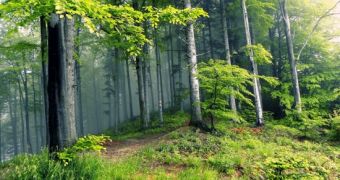There's a new website in town, and rumor has it that illegal loggers are terrified of it. This is because the website, dubbed Global Forest Watch, lets people keep a close eye on deforestation around the world in near-real time.
According to Google, who helped develop it, Global Forest Watch is more than a website. Thus, it is an online monitoring system that feeds on information provided by satellite imagery.
What's more, pretty much everybody who knows its way on the Internet can access it and keep tabs on what is happening to the world's forests, provided that they are interested in the topic.
“Global Forest Watch uses technologies including Google Earth Engine and Google Maps Engine to map the world’s forests with satellite imagery, detect changes in forest cover in near-real-time, and make this information freely available to anyone with Internet access.”
“By accessing the most current and reliable information, everyone can learn what’s happening in forests around the world,” Google writes in a press release issued this past February 20, the same day when the website was launched.
Together with Google, the World Resources Institute and the over 40 other partners that worked on this green-oriented project hope that Global Forest Watch will prove a valuable tool in terms of protecting our planet's remaining forests against illegal loggers.
According to Andre Steer, the current CEO of the World Resources Institute, protecting forests is mandatory not only because some 50% of the world's terrestrial biodiversity lives in them, but also because over half a billion people depend on them for jobs, food, and clean water.
Recent reports pieced together by scientists say that, between the years 2000 and 2012, the world was left without about 500 million acres of forest.
To put things into perspective, it must be said that this is the equivalent of losing 50 soccer field's worth of forests every minute day in, day out over a time span of 13 years.
By comparison, merely 0.8 million square kilometers of forests were regrown, planted or restored during the same period.

 14 DAY TRIAL //
14 DAY TRIAL //